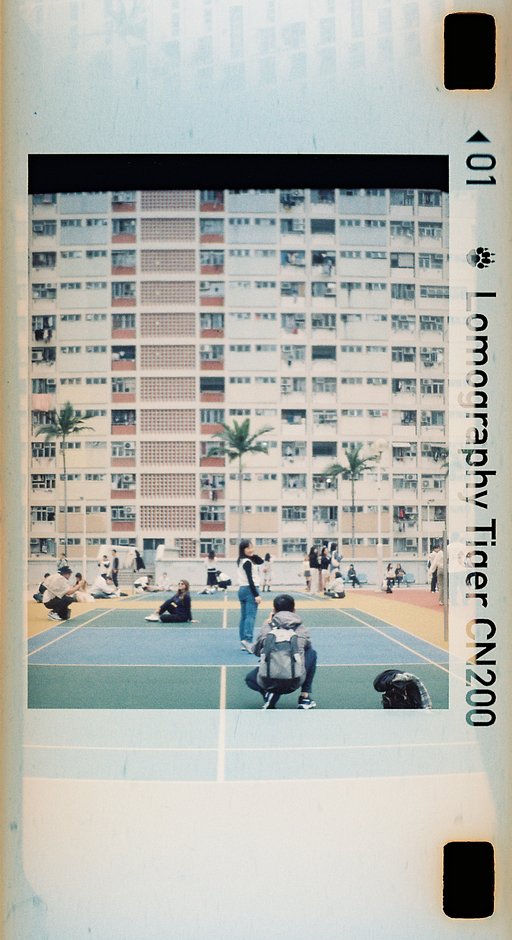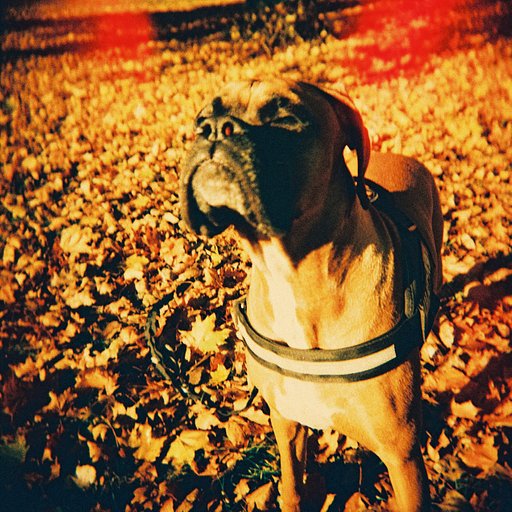Lomopedia: Olympus Auto Eye
1 5 Share TweetToday's entry to the Lomopedia roster is something of a pioneer: the Olympus Auto Eye. It's the first camera released by renowned manufacturer Olympus to have had the automatic exposure feature. The Olympus Auto Eye can easily be considered as the grandfather of the well-known and widely loved Olympus Trip.

It may not look much now, but back in the 60s, the Olympus Auto Eye was at the pinnacle of camera technology. Firmly at the forefront of camera design and manufacturing, the Olympus Auto Eye led to a line of successful rangefinder cameras from Olympus in later years. The tiny selenium cell meter was pivotal in the Auto Eye's success and further development of new cameras by Olympus.
To power its shutter priority automatic exposure feature, users simply had to choose the shutter speed and the camera selected and operated the appropriate setting for decent exposure. Amazing stuff for its time really, but the Auto Eye was discontinued after just two years of production. This move gave way to the rise of cadmium disulfide cell metering — an upgrade to selenium cell metering.
Besides from the Auto Eye's automatic exposure, another notable feature has to be its Pre-VU button. This feature lets the user know if the current lighting condition meets the requirements for a well-exposed shot. Indicators pop up on the viewfinder to warn the shooter if it's too dark. Its Zuiko 45 mm multi-coated lens makes for clean images with good color reproduction. Pair the auto exposure feature with this high-quality glass lens and you get beautiful images with nice, vibrant colors.
Aesthetics-wise, the Olympus Auto Eye isn't shabby at all. It has a blocky look to it but it's still a beautiful rangefinder than can solicit attention wherever it goes. The Auto Eye has strong, defined corners and edges (a particular design style common in cameras from the same period) but that has since been toned down in its successors.
Technical Specifications
Lens: D Zuiko 45 mm f/2.8 4-element lens
Shutter: Copal SV, MX full synchronization, Speeds B, 1, 1/2, 1/4, 1/8, 1/15, 1/30, 1/60, 1/125, 1/250, 1/500 with built-in self-timer actuated by the shutter release button
Exposure Meter: built-in, fully automatic — self-adjusting diaphragm
ISO/ASA: ASA 10 to 800
Focusing: super-imposed, coupled rangefinder, front lens rotation focusing
Viewfinder: luminous golden frame with automatic horizontal parallax correction, 0.7x magnification
Flash: knurled wheel adjusts diaphragm to correct exposure for flash shots at distances from 3.5 to 30 feet
Film Type: 35 mm
Dimensions: 5 1/4 inch × 3 1/4 inch × 2 7/8 inch
Weight: 1 lb. 6 oz
Other features: single-stroke rapid wind lever simultaneously cocks the shutter, advances film, counts exposures, and prevents double exposures, low light indicator - yellow band appears in the window when light conditions are too low to effectively operate the light meter
Information used in this article was sourced from Rick Drawbridge on Photo.Net, The 6 Million Pman, Camerapedia, and Butkus Camera Manuals.
written by cheeo on 2018-04-26 #gear #lomopedia #rangefinder #lomopedia #olympus-auto-eye
















One Comment